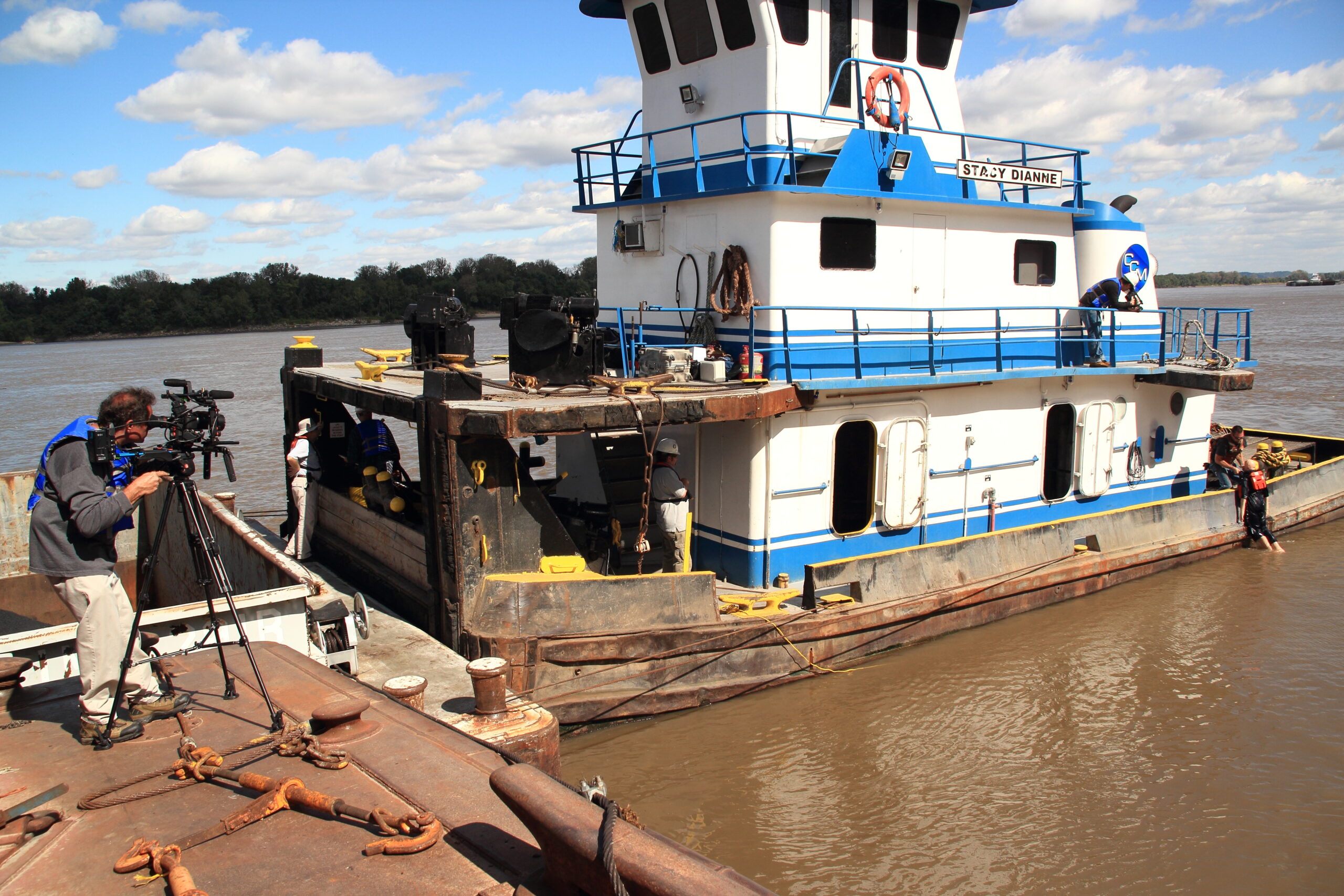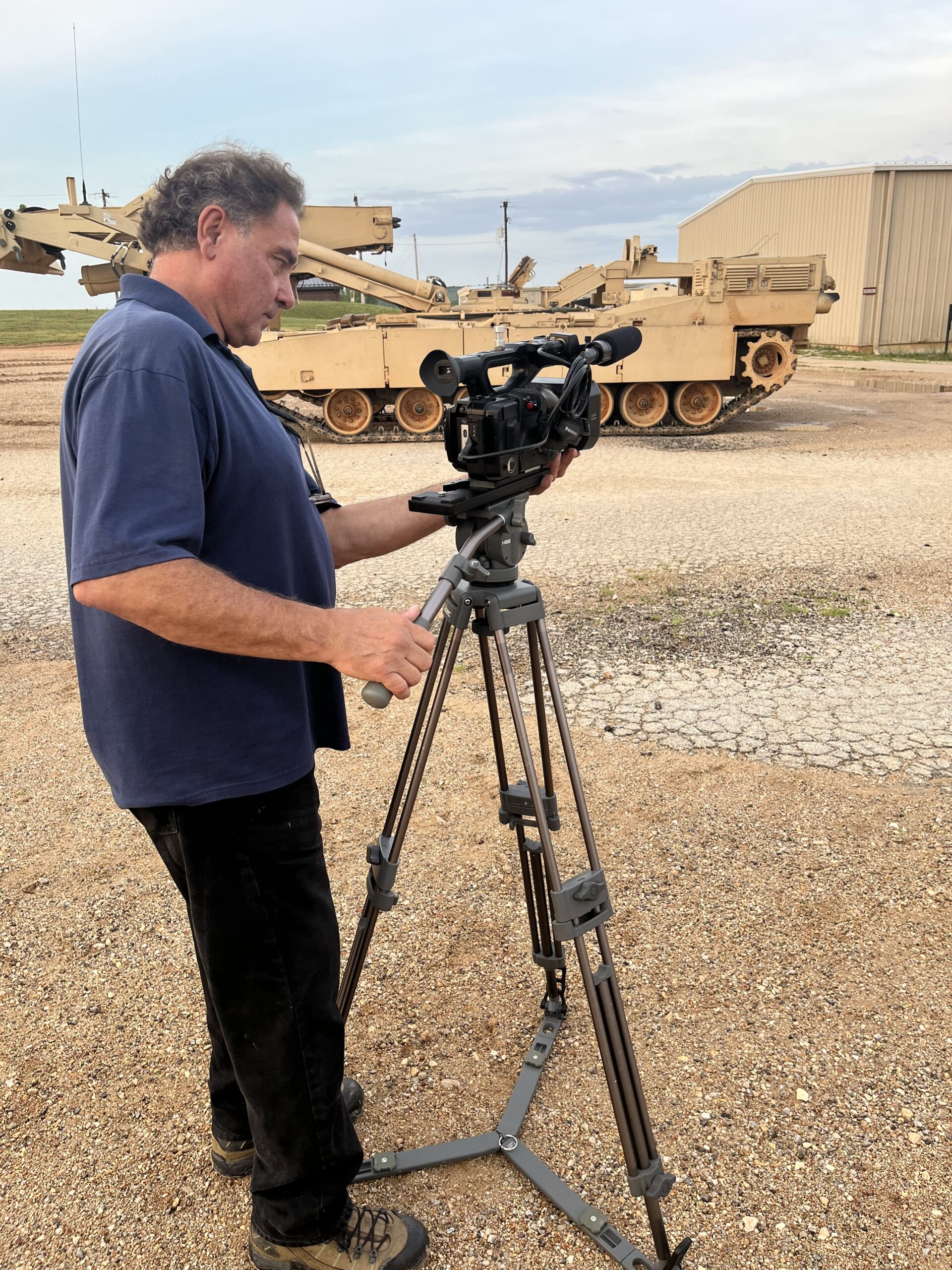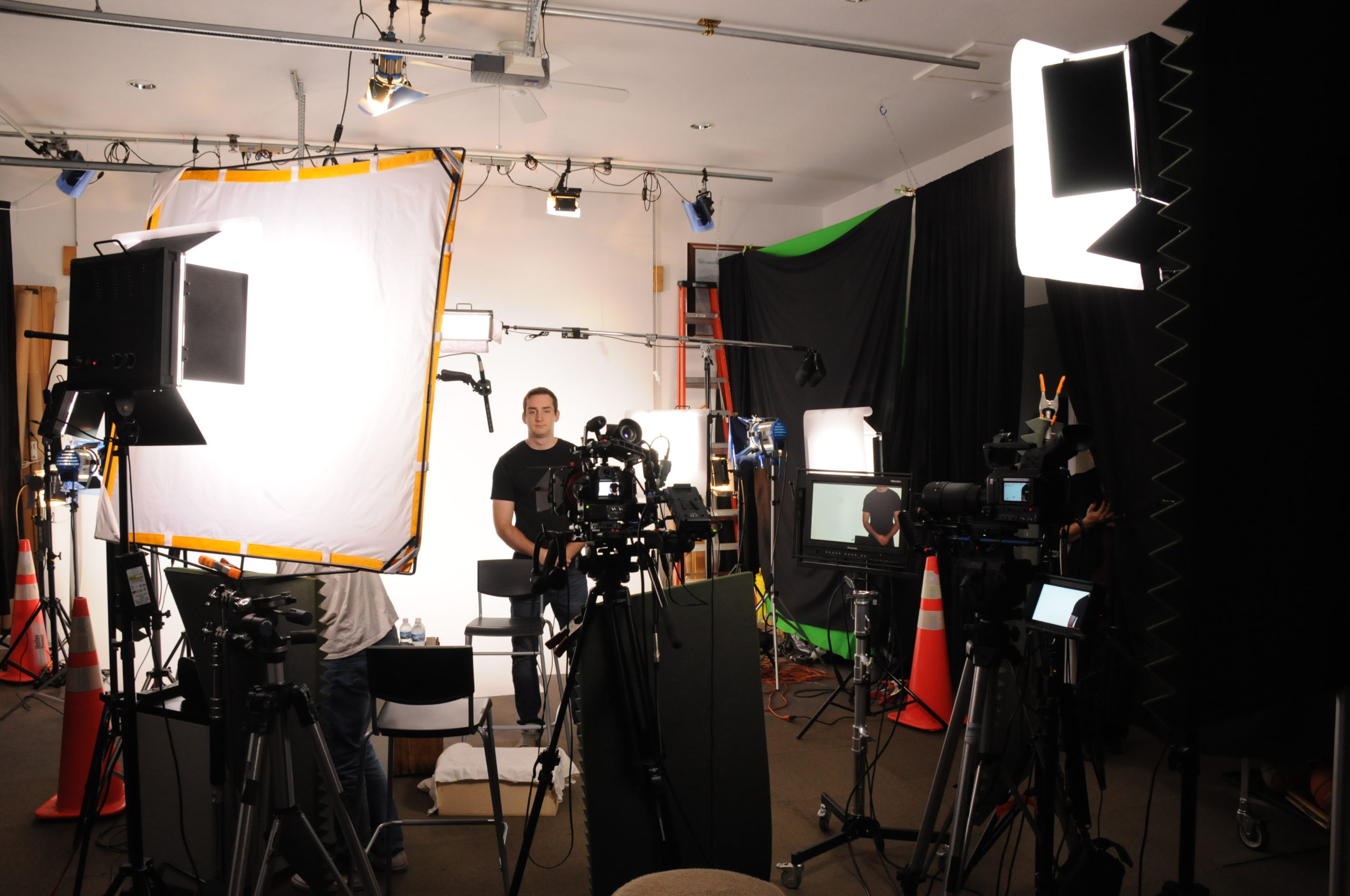When planning a marketing video, the location plays a crucial role in the production’s overall effectiveness. Whether you’re shooting a corporate video, testimonial, or branded content, the right location sets the tone and elevates the quality of your visual storytelling. Deciding on the ideal location requires careful consideration of various factors that contribute to the message you wish to convey.
In this blog post, we’ll break down a checklist to help you find the perfect location for your next marketing video.
1. Identify the Purpose of Your Video
Before selecting a location, understand the objective of the video. Are you showcasing a product or service? Or are you telling a customer success story or building a company’s brand? Knowing the purpose of your video will help you select a location that complements the message.
For instance:
A product demo might require a clean, professional, and neutral environment.
A customer testimonial may benefit from a location that feels warm and personal.
An action-packed company profile may need an industrial setting to showcase the dynamic work environment.
2. Consider the Space’s Accessibility
Location accessibility is often overlooked but is crucial for smooth production. Ensure that the location is easy to access for your crew, talent, and equipment. Consider parking, loading zones for equipment, and any permits or permissions needed for filming.
It’s also worth checking for proximity to important amenities like catering or restrooms, especially for longer shoots.
3. Natural Light and Artificial Lighting Opportunities
Lighting can make or break your video. Depending on the mood you want to create, you might prefer natural light, or you may need to rely on studio lighting. When scouting locations, pay attention to the amount of natural light available and how it interacts with the space.
Additionally, assess if the location has sufficient space for your lighting setup and if it allows flexibility in adjusting lighting conditions. At St Louis Locations, we offer a private studio that’s designed to cater to a variety of lighting needs. We’ve also got the expertise to customize lighting setups for small productions and interview settings.
4. Background Noise and Acoustic Considerations
Consider the acoustics of your location. Unwanted background noise can be a major distraction and compromise your audio quality. Whether you’re shooting in a busy city environment or an industrial site, be mindful of potential noise issues. Test the sound before committing to the location to ensure the acoustics suit your production’s needs.
If you need a soundproof environment, St Louis Locations offers a custom-built studio where we have full control over noise and acoustics, providing an ideal space for video production.
5. Aesthetic and Brand Fit
Your location should reflect your brand’s identity and values. Whether you’re showcasing a modern, clean space or a more industrial environment, make sure it aligns with the look and feel of your brand.
Take into account:
The color palette of the space.
The presence of any distracting elements.
How the surroundings will enhance your visual style.
St Louis Locations specializes in customizing spaces to match your brand’s visual identity. Whether you need a high-end corporate look or a rustic, natural setting, we’ve got you covered.
6. Flexibility and Space for Custom Setups
Many corporate video productions, especially those involving interviews or dynamic product shots, require custom setups. Look for locations that offer flexibility in adjusting the space according to your needs. Can you bring in props, additional lighting, or modify the background to match your vision?
Our private studio at St Louis Locations offers the space and flexibility to design custom setups, perfect for small productions or interviews. We can incorporate props to round out your set, allowing your creative vision to come to life.
7. Indoor Drone Capabilities
Sometimes, the perfect shot requires a drone. Flying drones indoors requires specialized equipment and experience. Make sure the location allows for drone operations and offers enough space for safe flying. At St Louis Locations, we have the unique capability to fly specialized drones indoors, allowing for stunning aerial shots even in confined spaces.
8. Cost and Budget
Don’t forget to factor in the cost of your location. The more complex the setup, the higher the cost might be. Be sure to take into account the location rental fee, any permits required, and the cost of transportation for crew and equipment.
At St Louis Locations, we provide full-service video and photography production, handling all aspects of the process, including location scouting, permits, and more. We can work with you to find a location that fits within your budget while still achieving the desired production value.
Why Choose St Louis Locations for Your Video Production Needs?
As a full-service professional commercial photography and video production company, St Louis Locations has been providing exceptional location services since 1982. Our experienced crew is well-versed in all aspects of video production, from scouting locations to repurposing photography and video content for greater branding traction.
We offer:
Full-service studio and location video and photography.
Professional editing, post-production, and licensed drone pilots.
Customizable solutions for diverse media requirements.
Expertise in all file types, media styles, and software.
Whether you need a private interview setup, sound and camera operators, or specialized equipment, we’ve got everything to make your next video production perfect. Our private studio is designed for a range of productions, from small interviews to larger corporate shoots, and we have the ability to fly drones indoors for unique perspectives.
Let St Louis Locations help you find the ideal location and deliver a seamless, successful video production. Contact us today to get started!
Mike Haller
4501 Mattis Road
St. Louis, MO 63128
stlouislocations@gmail.com
Studio 314-892-1233
Cell 314-913-5626





